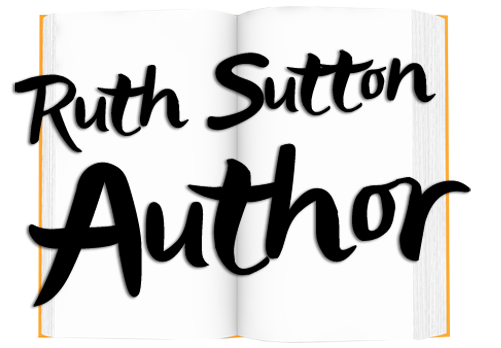I’ve never been an editor. I’ve never been on a course on how to do it, or read a manual. But I’ve been on receiving end of a number of editors’ work, and I think I’m beginning to understand what a good editor does. Here’s what an editor does that works for me as a writer.
- The good editor asks really good questions about the plot plans as they develop. Some writers don’t plan at all, which means that the editor has to wait till the first full draft is available before they can ask these questions, by which time the writer may be thinking about the effort of re-writing, not whether the editor’s comments are valid. If you’re trying to write a story with twists and turns, as I’m trying to do, it takes more confidence than I have to embark on that without a pretty good idea of how those twists and turns are going to work. A few days ago I sent my editor Charlotte the outline I’d been working on, arranged roughly in chapters so we could both see how the ‘arc’ of the story would look. She read it very carefully, and came back with questions and comments such as: ‘why is that sub-plot left hanging?; ‘is that clue feasible?’; ‘should there be a reference to x earlier in the story?’; ‘does this tie in with the same character’s details in the previous book?’. Because I trust her, and she reads a lot and has a good ear for a story, I consider each point she makes, go back to the outline and think some more. The second draft of the outline is always better than the first.
- With some idea of the overall shape of the story, the editor is a good sounding board for key scenes or chapters as the writing develops. Sometimes I agree with the comments or suggestions she makes, sometimes I don’t but it’s a good idea to be asked to think again occasionally. If she likes the ways things are going she’ll say so, which is encouraging when you’re ploughing on day after day, trying to find a balance between a pragmatic need for progress and the search for perfection. Sometimes she and I will talk in depth about a section of the work, and disagree. Then she says, ‘This is your book, so the final decision rests with you,’ and it does. In the early days it took me a while to realise this. It’s easy to feel badgered by an editor when you lack experience and confidence in your own work.
- When the first draft is done, off it goes for really careful scrutiny. Now the editor is concentrating on the finer detail. Charlotte is especially good at checking chronology: ‘Surely,’ she might say, ‘the events in Chapter 13 must be on a Sunday, not on a Friday, so would that shop be open?’ The writer might be tempted to respond, ‘Who cares? Poetic licence’ etc, but you and I both know that some reader somewhere will spot any anomaly and tell you about it, which can be VERY irritating.
- Second and third drafts will follow, and more, each carefully checked. The daunting process of proof-reading is already underway, and typographical errors are picked up as we go, before the final preparation for submission to printer or ebook publication. Reading the ‘proofs’ is of course the final process, but by that time only minimal changes are possible. Woe betide any writer who wants to change anything much at this point. If you are making both hard copy and ebook versions, conversion from one to the other may create some typographical problems and require further proof-reading. I reckon the last proof copy was read by me, Charlotte and our book designer several times before it went to print and there are still three tiny errors, which kind and careful readers have been quick to point out. These will be dealt with before any reprint. The misprints are usually of punctuation, such as comma instead of full stop, or type-setting such as one extra space between words. It’s embarrassing when someone spots them, but the margin of error is three or so words out of one hundred thousand, which isn’t bad in the great scheme of things.
Charlotte is an old friend as well as a professional editor, so that could be helpful or not, depending on her expertise and our trust in each others’ judgement. It’s good advice not to have a friend teach you to drive, but the editor/writer relationship is – or should be – less fraught than sitting side by side in a potentially life-threatening situation. I commission and pay for the editing and book design services that she and her partner provide. The book designer handles the layout of the book, works with me on decisions about headings, illustrations and other design matters, chooses and liaises with the printer. Yes. it costs, but the quality of my self-published book is now as good as anything produced commercially, and I have had final word on every part of the process.
That’s how it works for me. I’m interested in how other editors and writers work together.

Recent Comments